If you have ever stayed in a hotel, you are likely to use the key card to enter your room. Keychain is the same popular access control device for apartment residents and office workers. In electronic access control systems, key cards and key fobs replace traditional locks and keys.
Key cards and keyless entry systems are discussed in this guide, along with the most common types. Last but not least, we discuss the advantages and disadvantages of setting up a key card system.
1. What are the Key Card and Remote Key Systems?
The key card and key card system is a form of electronic access control used to manage access to and from buildings. The remote key and key card are electronic devices that allow authorized tenants to unlock the door. They are a popular keyless entry system, applicable to enterprises, apartments, industrial facilities, and other types of buildings.
The key card system requires three components:
1) Access Credentials
Small electronic devices, such as key cards and badges, are used by tenants to gain access. Access control cards have a chip or sensor built into the remote key and card.
2) Access Reader
When tenants take their key card or remote key to the access control card reader, the card reader will scan them to verify their identity. After the resident passes the verification, the access control card reader instructs them to open the door.
3) Electric or Magnetic Door Lock
The access control system requires electric or magnetic door locks. The door lock receives the signal from the access card reader to unlock and allow residents to enter.
2. What is the Difference between the Key Card System and the Key Fob System?
Although the key card and key fob systems are very similar, they do have some subtle differences. The difference between the key card system and the key fob system is:
1) Appearance
The most obvious difference between the two systems is the display method of each voucher. The key card access control system uses a thin PVC card, which can be easily put into a wallet or wallet. They can also be tied at the end of the lanyard. As for the key card system, the certificate is displayed as a small plastic disc suitable for hanging in the key chain or pocket.
2) Use
Another significant difference between the key card system and the key card system is the use of credentials. The key card system is either swiped or triggered near the card reader. Fobs work similarly, but sometimes they need to be in direct contact with the reader. The property can also use its key card as an ID card, which contains the user’s photo, position, and other relevant information. In these cases, maximizing the use of cards can help simplify the card access system.
3. Cost of Key Card Entering System
The cost of each door of the key card access system is between $1200 and $2500. The total cost depends on the technology that powers your keychain system and the number of access channels you want to protect. For more specific estimates, it is better to obtain a quotation.
However, keep in mind that these are only the initial installation costs. Don’t forget that the residential key card entry system will require you to purchase an endless stream of key cards, because residents have lost their key cards and require replacement or removal. Considering the hardware and programming time, the cost of replacing the key card varies from $50 to $400.
4. How does the Remote Key System Work?
The key card entry system uses wireless signals to allow the card and key card to communicate with the access control card reader. If the key card provides the correct credentials, the access control card reader will instruct the door to open.
Here is how to use the key card system:
- Show your credentials.
First, show your credentials to the access reader. Most card readers are installed near the door. If you swipe your card, please swipe it through the card reader. If you have a non-contact RFID key chain, just put it close to the reader.
- The access reader verifies credentials.
Depending on the installed system, the access reader can verify your credentials in different ways. For example, a Wigan key card uses a series of magnetized wires to store its credentials. Other types of cards, such as inductive cards and RFID cards, transmit their credentials wirelessly through the electric field transmitted by the access control card reader.
- Access the card reader to unlock the door.
Finally, access the reader to verify your credentials and open the door lock.
5. Type of Key Card and Key Fob
Not all doors and access control systems work in the same way. There are many types of key cards and fob systems. Each uses a different technology to transmit signals to the access reader. Let’s share four popular types.
1) Wigan Key Card
Wigan key card is one of the earliest types of the electronic key card. The Wiegan key card was named after the inventor John R. Wiegand, who discovered a method of using magnetic polarization to encode binary data into a special wire.
The Wigan card reader emits a magnetic field. When the user brushes the Wigan card through the card reader, the magnetic field will affect the wires inside the card. The reader detects these wiring changes to verify the user’s credentials.
Although Wigan magnetic cards have been popular since the 1970s, Wigan technology is still the basis of the current access control ecosystem.
2) Swiping Key Card
The swipe key also uses magnetic technology. There is a black strip in card swiping, which is a magnetized strip with unique patterns. When you swipe through the card reader, if the card reader detects the correct mode, it will open the door. The technology used by credit card is actually very similar to the way credit card works!
Swipe cards are different from Wigan cards because they are manufactured and coded differently. A swipe key card can be rewritten to work with different readers or locks, unlike a Wigan card.
3) RFID Key Fob and Card
RFID key cards and cards are named after their main components: RFID tags. These labels are built into the watch chain or card. RFID key cards use these tags to interact with card readers via radio waves.
The following is what happens when the tenant places the RFID key card next to the reader: The signal from the access reader reaches the RFID key card. RFID card reader will emit an electromagnetic field called an excitation field. The remote key must be within the range of this field to unlock the door.
The key card sends a signal back to the reader. When the RFID sends the correct credentials to the reader, the reader opens the door lock. Although most RFID access control systems consist of independent readers installed next to the door, you can also purchase RFID door locks. These locks have built-in RFID readers.
4) Inductive Card
The sensing card (such as an NFC tag) requires the user to be close to the card reader. Like the RFID key card, the inductive card also uses radio waves to communicate with the inductive card reader. However, the proximity system uses a different radio frequency than the RFID key.
5) Active and Passive Proximity Readers
Although active and passive proximity readers work similarly, there is a key difference. Both types of cards require power to exchange signals with the card reader. However, the active sensing card has its own battery. In contrast, the passive card is powered by the electric field emitted near the card reader.
6. Application of Key Card and Key Fob Entry System
Keychain and key card systems are commonly used in hotels, but they have many other applications in various hotels. You can find the remote key and key card system at the following locations:
1) Apartments
The key chain system of the apartment is very popular because they help protect the property and its comfortable space. In addition, the remote control key is safer than the traditional metal key, which is easy to be stolen and copied. Therefore, the property staff can remotely disable the remote control key instead of re-locking the key.
2) Office
The company will use the key card system in the office to manage the areas that employees can access. This is particularly important in preventing data leakage or security risks.
3) Gym
A gym keychain system is usually used in closed communities or apartments that monetize comfortable space. Those who want 24-hour access can buy a watch chain from the management office without having to go at a specific time.
4) Industrial Facilities
Finally, to prevent employees from causing harm, industrial facilities use key cards or key card systems. In this way, they can maintain a high level of security in the environment where it is needed.
7. Should you obtain a key card or remote access control system?
Key cards and remote key access control systems are used for all types of properties due to their many advantages. But for all access control systems, you can expect some limitations.
1) Benefits of Key Card and Key Chain System
The key card or key chain system can benefit your property in the following ways:
- Intuitive design. It is much easier to tap the card or key chain on the card reader than to feel for a group of keys. In addition, you will spend less time entertaining tenants and employees with key cards or remote access control systems.
- Data collection. Building staff can monitor the use of doors and who is visiting which areas through the audit trail of the access control system. In turn, your team can view the access history when a security vulnerability occurs.
- Elevator control. If you need to control the elevator in the building, the key card or key chain system can prevent unauthorized visitors or tenants from entering the floors they should not enter.
- Easy to manage. If the resident loses the key card or remote key, the staff can disable the card remotely to prevent security loopholes or having to replace the entire lock.
- Low maintenance. Compared with traditional locks and metal keys, key cards and remote control systems require much less maintenance. Using a cloud-based access control system is the most convenient solution. In this way, the system update can be completed remotely.
- High-cost performance. Key cards and remote key systems are relatively low-cost access control solutions. The installation and replacement cost of readers and vouchers is low.
- Finally, many access control systems are seamlessly integrated with property management software. Therefore, you can easily recruit employees and simplify the way you manage tenants.
2) Limitations of Key Card and Key Chain System
Some disadvantages of key card or remote key systems include:
- The residents are inconvenient. For some people, finding a set of keys is more annoying than finding a card or keychain.
- Increased expenditure. When tenants lose their keys or cards, they are not the only ones affected. The property staff must replace the lost documents to ensure that tenants can enter the property. The cost of replacing a card or key chain may increase rapidly.
- No guest access. Even the best key card and key must be close to the access control card reader to open the door. With the remote key or card system, residents can not grant guests access remotely. To avoid this problem, select a system that provides multiple credential methods, such as smartphones. In this way, tenants can let visitors enter remotely.
8. What is the Best Key Card and Key Fob Entry System?
We provide two types of card readers and keychain card readers: a mullion card reader and a keyboard that accepts key cards and PIN codes. The access control system is full of functions that your property will like:
1) Accept Multiple Credentials
It accepts different types of credentials, including PIN code, key card, key card, and mobile phone.
2) Reader Options
There are two different types of readers. Key cards and key chains are accepted by the slim and compact card reader. Key cards, PIN codes, and remote keys are all accepted by the keypad reader.
3) Remote Management
Use the mobile application to manage users, credentials, audit logs, and even grant access from anywhere. It is simple and easy to use, enabling employees to work remotely when necessary.
4) Elevator Control
Bind the control right of the elevator to the key card or remote control system to achieve ultimate safety. When tenants use their keys or cards, the system will automatically grant them access to their respective floors through the elevator. No additional steps are required.
5) Seamless Connection:
The mullion reader and keyboard are used in conjunction with all other products to ensure an end-to-end access control solution for your property.
9. Conclusion
Compared with traditional locks and metal keys, key cards and key fobs have significant advantages. Many types of systems available – Wigan, Swipe, RFID, and Sensing – improve the overall security of your property. In addition, these access control systems provide greater convenience for tenants and employees, while reducing operating costs.
To get the best key card or key fob system, select an access control solution. Here provides everything you want in the key or remote control system but also includes many other functions, from which your property will benefit.

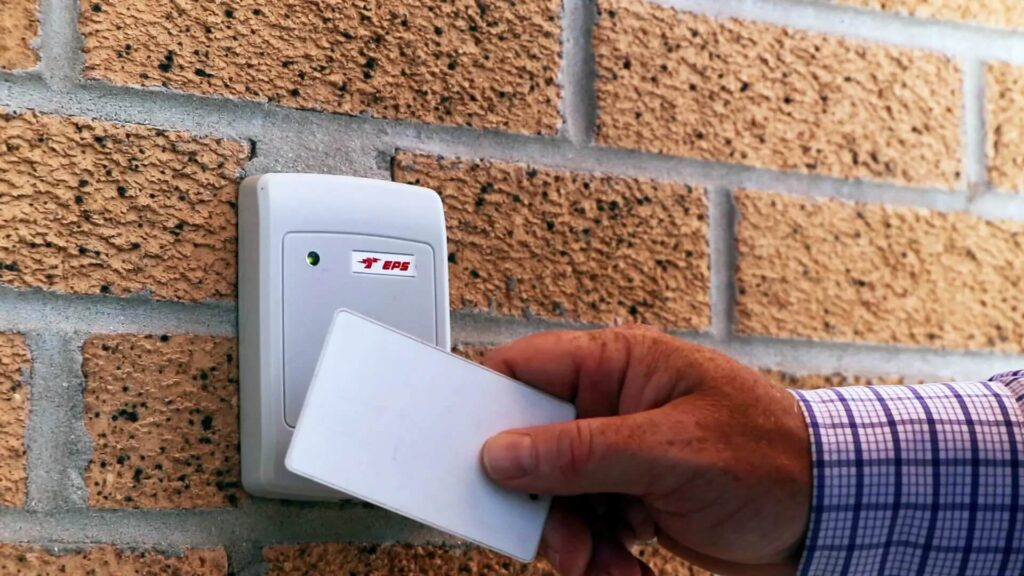
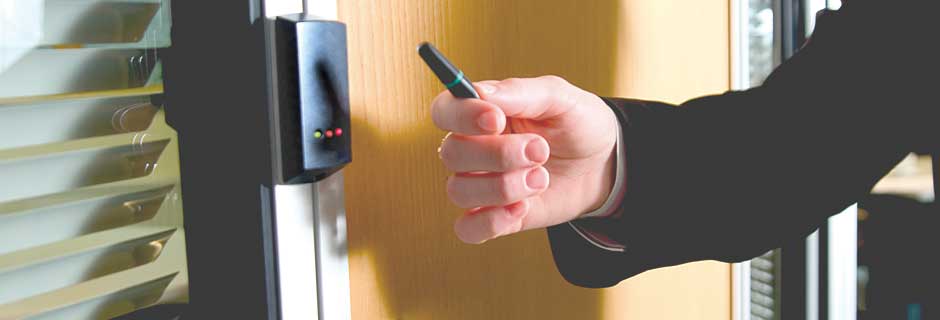
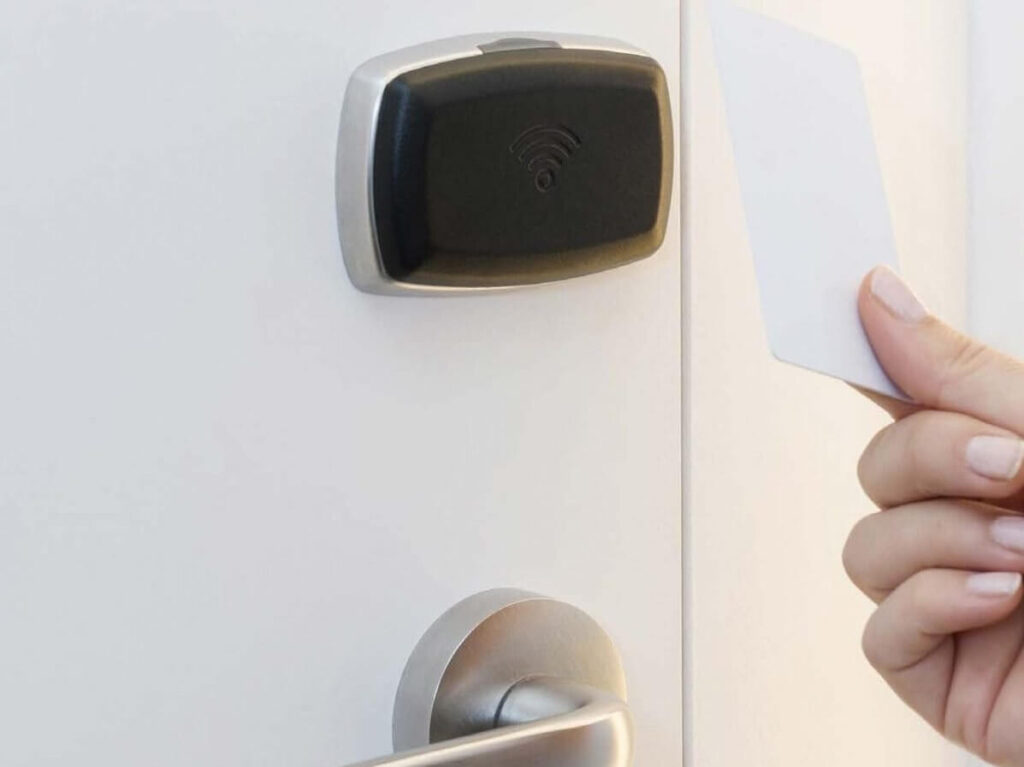
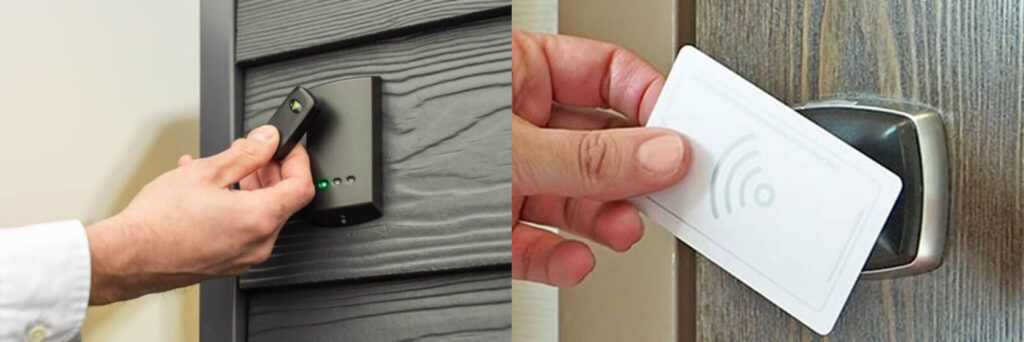
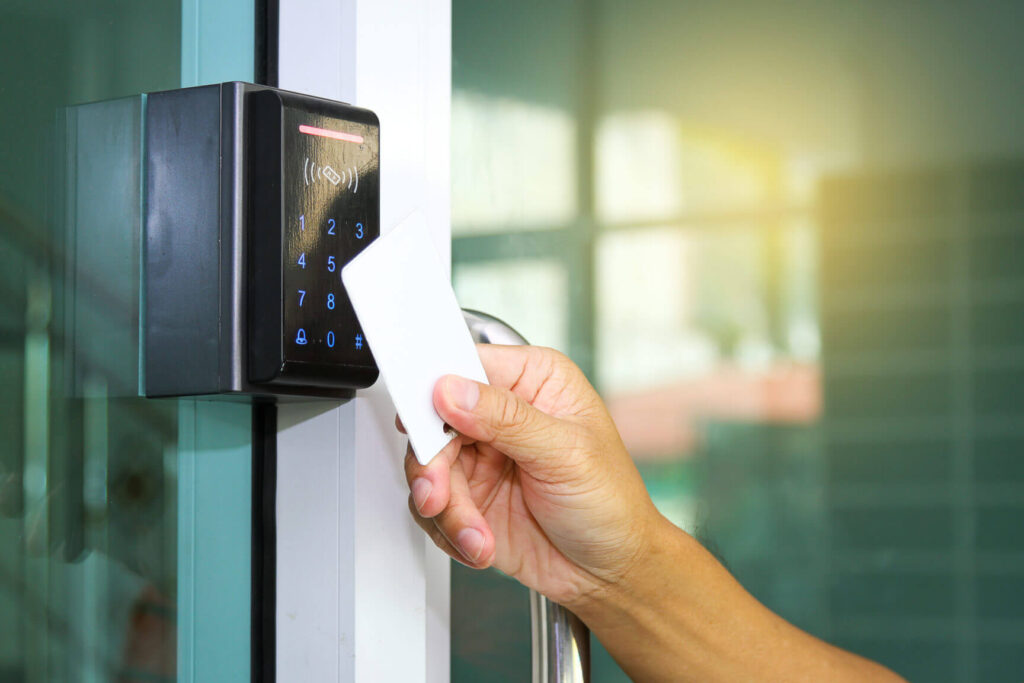
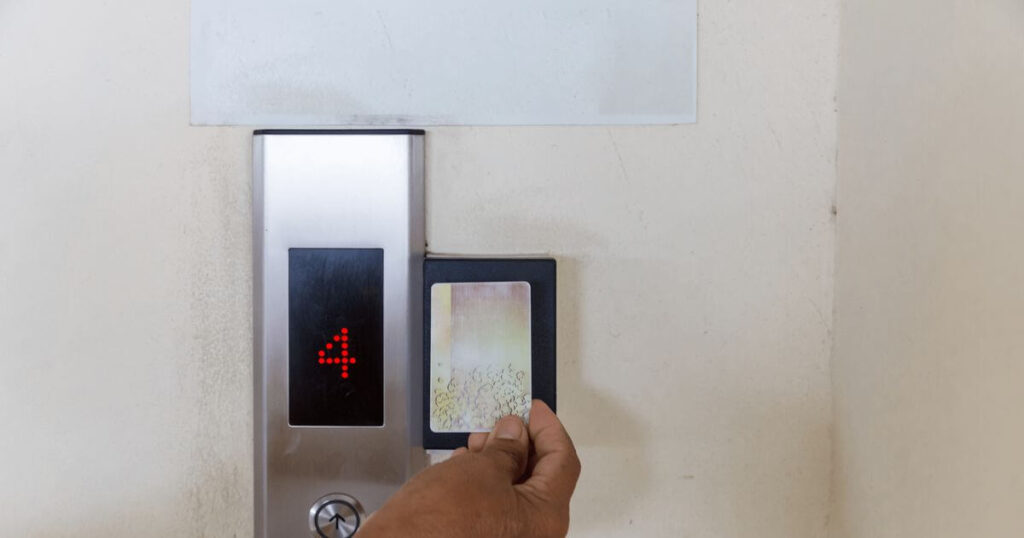
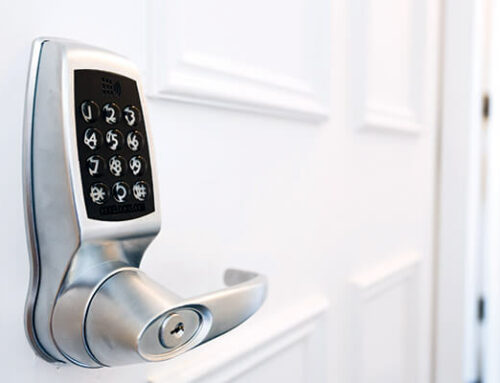
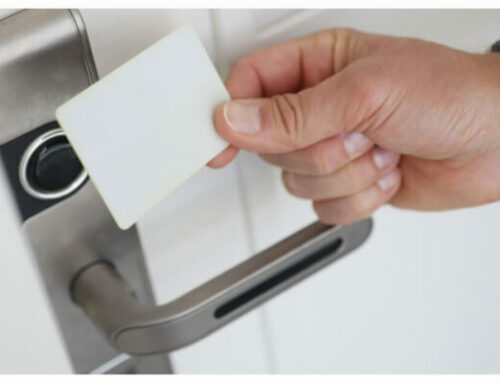
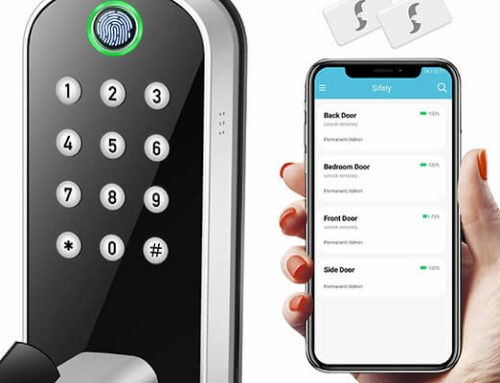
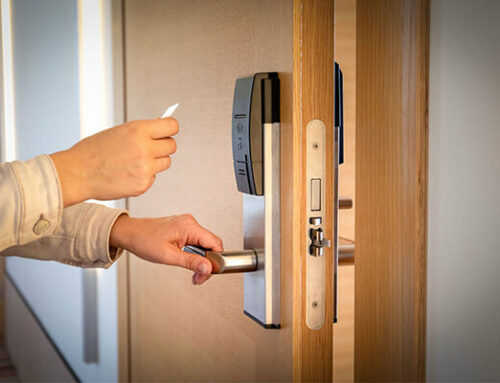
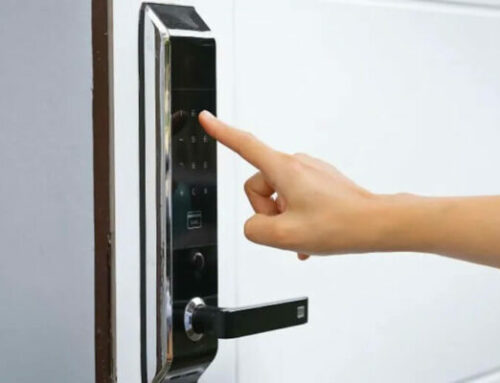
Leave A Comment